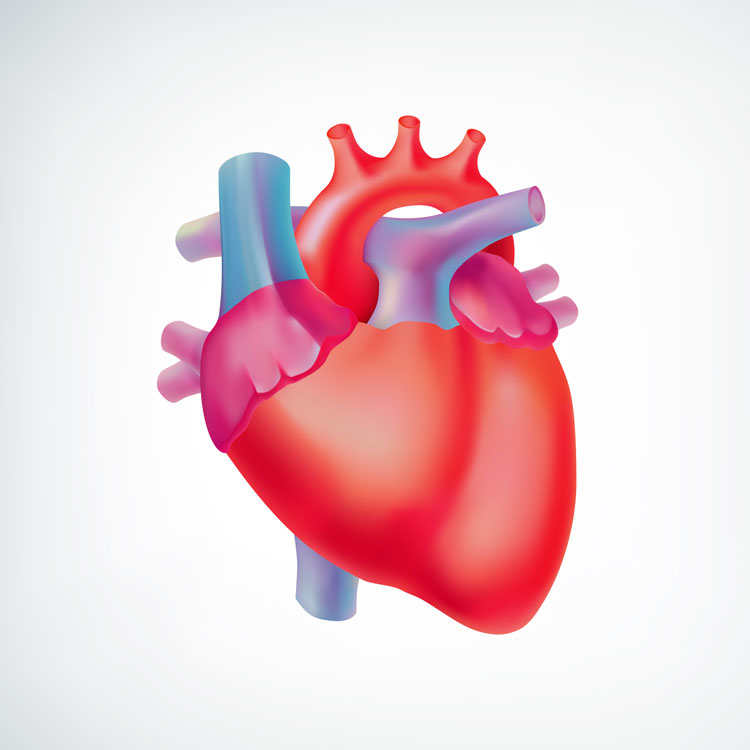WHAT IS THE CORONARY ANGIOPLASTY?
Coronary angioplasty is a procedure that is used to open a blockage in a narrowed coronary (heart) artery. This process improves blood flow to the heart. Atherosclerosis is a situation wherein a material called plaque builds up on the inner walls of the arteries.
CORONARY ANGIOPLASTY PROCEDURE:
A coronary angioplasty is a process used to widen blocked or narrowed coronary arteries (the primary blood vessels imparting the heart). It is used to open narrowed or blocked blood flow that supplies blood to the heart. These blood vessels are referred to as the coronary arteries. A coronary artery stent is a small, metallic mesh tube that expands the internal coronary artery.

SIGNS AND SYMPTOMS:
You may have signs of infection, such as redness, swelling, drainage, or fever. There’s a change in temperature or coloration of the leg or arm at that time this procedure is used as treatment.
ANGIOPLASTY PROCEDURE AND HOW IT IS USED:
- Improve signs of CAD, inclusive of angina and shortness of breath.
- Reduce damage to the heart muscle from a coronary heart attack.
- A heart attack happens while blood flow via a coronary artery is completely blocked
- Angioplasty is used throughout a heart attack to open the blockage and restore blood flow through the artery.
- Reduce the chance of demise in some sufferers.

SOME ADVANTAGES ARE AS FOLLOWS:
- Has fewer risks than CABG.
- Isn’t surgery, so it may not require a large incision. .
- Is treated with medicines that numb you and help you to relieve.
- Has a short recovery time.
ADAPT THE FOLLOWING LIFESTYLE CHANGES:
- Follow a healthy diet to prevent high blood pressure and high blood cholesterol
- Quit smoking in case you smoke.
- Be physically active.
- Lose weight
- Reduce stress.
- Take medicines as your doctors prescribe.
CARDIAC REHABILITATION
Cardiac rehabilitation can improve your capability to perform activities each day, and lessen your heart disease risk.

WHAT ARE THE RISKS OF CORONARY ANGIOPLASTY?
- Bleeding from the blood vessel wherein the catheter is placed.
- Damage to blood vessels from the catheter.
- An allergic reaction.
- An arrhythmia (irregular heartbeat).
- Damage to the kidneys
- Heart attack
- Stroke
CORONARY ANGIOPLASTY TREATMENT PROCESS:
Angioplasty is used to treat the accumulation of fatty plaques to your heart’s blood vessels. Currently, if anyone has more than one indication, consisting of risky angina, acute myocardial infarction (AMI), and multivessel CAD can be used as a treatment. Angioplasty can improve signs and symptoms of blocked arteries, which include chest pain and shortness of breath.
Coronary angioplasty takes about two weeks to recover. However, if you’ve had an emergency angioplasty following a heart attack, it could be several weeks or months to recover and are able to return to work. Most people recover within a week and go back to work.
If you or anyone you know is suffering from Heart Valve Problems, our expert providers at Specialty Care Clinics will take care of your health and help you recover.
Call 469-545-9983 or fill in the below form to book an appointment with Dr. Yaqub.
